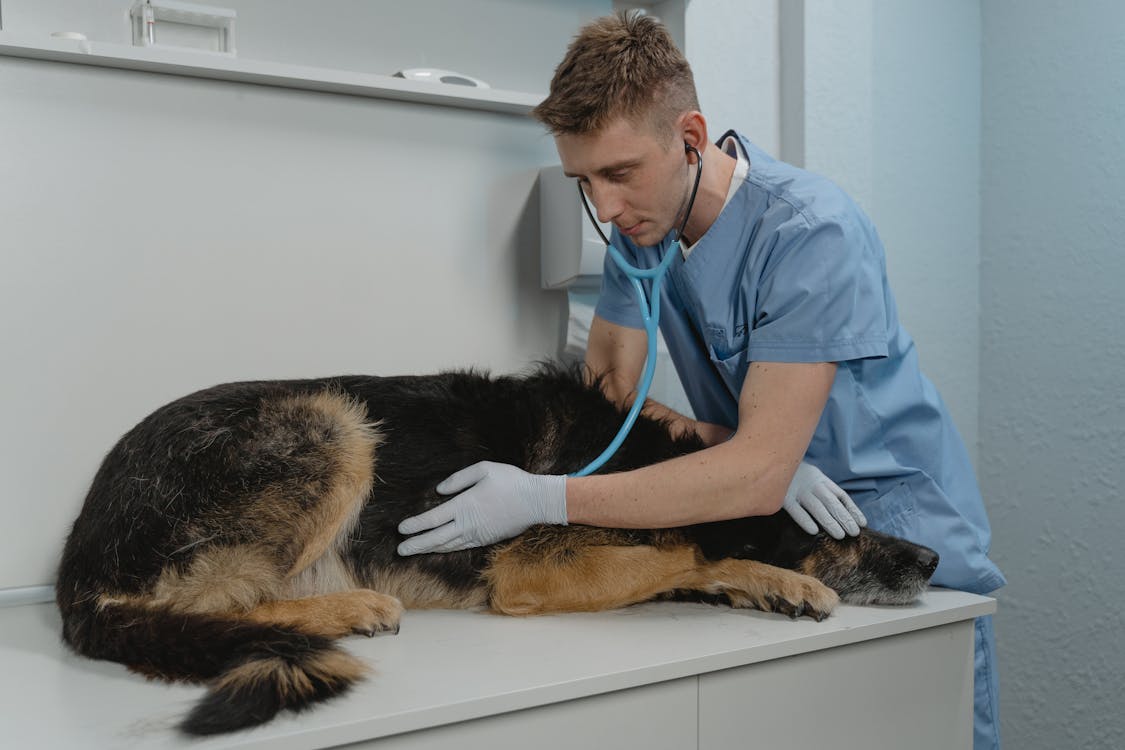Just like humans, pets can experience allergies and sensitivities that impact their well-being. Identifying and addressing these issues is crucial for maintaining your pet's health and ensuring a happy, comfortable life. In this comprehensive guide, we'll delve into the nuances of allergies and sensitivities in pets, exploring their causes, common symptoms, and effective strategies for management.
Recognizing Allergies and Sensitivities in Pets
1. Common Allergens
Pets can be allergic to various substances, including certain foods, pollen, mold, dust mites, and even certain fabrics or grooming products. Identifying the specific allergen is essential for effective management.
2. Symptoms of Allergies
Symptoms of allergies in pets may manifest as itching, redness, swelling, ear infections, gastrointestinal issues, or respiratory problems. Understanding these signs is crucial for timely intervention.
Determining Food Allergies
3. Food Allergies vs. Food Sensitivities
Distinguishing between food allergies and sensitivities is essential. Allergies involve an immune system response, while sensitivities may lead to digestive issues without an immune system reaction.
4. Common Food Allergens
Common food allergens for pets include beef, chicken, dairy, eggs, and certain grains. A veterinarian can conduct tests to identify specific allergens affecting your pet.
Environmental Allergies and Sensitivities
5. Seasonal Allergies
Pets can experience seasonal allergies, similar to humans. Pollen, grass, and other environmental factors can trigger allergic reactions. Pay attention to recurring symptoms during specific seasons.
6. Indoor Allergens
Indoor allergens like dust mites, mold, and certain cleaning products can affect pets. Regular cleaning and maintaining a pet-friendly environment are crucial for minimizing exposure.
Effective Strategies for Management
7. Consultation with a Veterinarian
If you suspect your pet has allergies or sensitivities, consult with a veterinarian. They can conduct tests, such as skin tests or blood work, to pinpoint the specific allergens.
8. Allergen Elimination
Once identified, eliminate or reduce exposure to the identified allergens. This may involve changes in diet, grooming products, bedding, or environmental adjustments.
Dietary Modifications for Allergies
9. Specialized Diets
Veterinarians may recommend specialized diets for pets with food allergies. These diets typically use novel protein and carbohydrate sources to minimize the risk of triggering allergic reactions.
10. Elimination Diets
In cases of suspected food allergies, an elimination diet may be implemented. This involves gradually introducing new foods while monitoring for any adverse reactions.
Environmental Modifications
11. Pet-Friendly Cleaning Products
Opt for pet-friendly cleaning products to minimize exposure to harsh chemicals. Regularly clean and vacuum your home to reduce indoor allergens.
12. Allergy-Proof Bedding
Invest in allergy-proof bedding for your pet. Wash bedding regularly and consider using hypoallergenic materials to reduce the risk of skin and respiratory issues.
Conclusion
Understanding and managing allergies and sensitivities in pets require a combination of



0 Comments